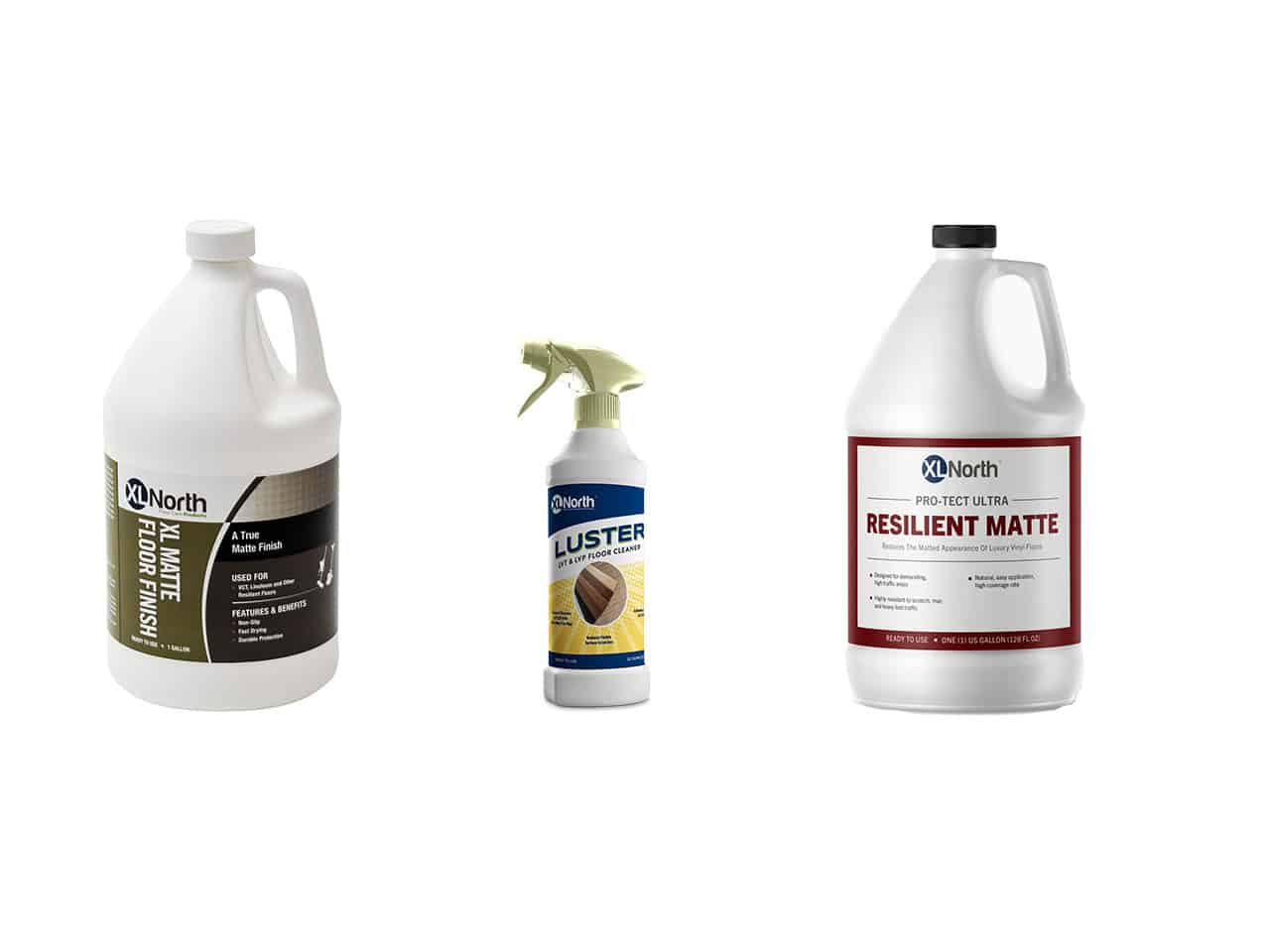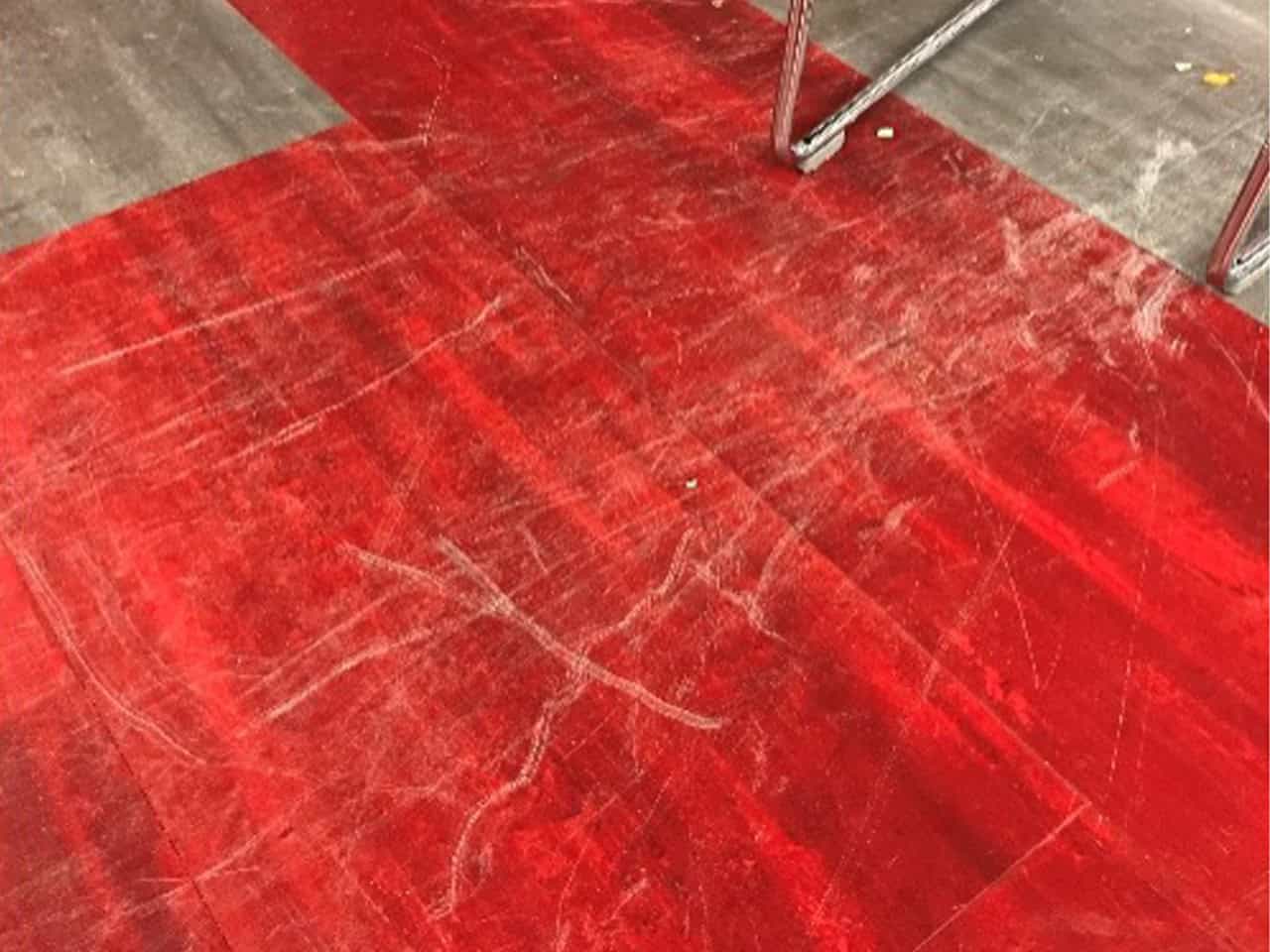For many, navigating a home or workplace environment safely is paramount. Often overlooked, flooring plays a crucial role in preventing slips and falls. In recent years, flooring manufacturers have responded to this need with a subtle but significant shift: a move towards lower sheen levels across the board, not just for senior-oriented options.
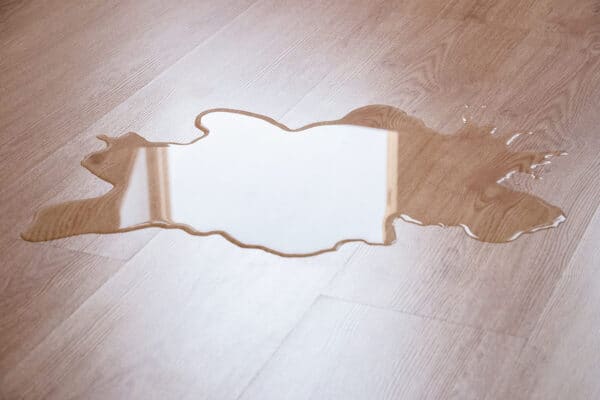
From Shiny to Safe: Rethinking Floor Aesthetics
Traditionally, high-gloss floors reigned supreme, offering a sleek and polished look. The association between shine and cleanliness is ingrained in many – a legacy perhaps best captured by the old sailor’s adage: “Shiny is clean, and if it’s not shiny, make it so!” However, times have changed, and for everyone from seniors to busy employees in commercial spaces, these shiny surfaces can be a safety hazard.
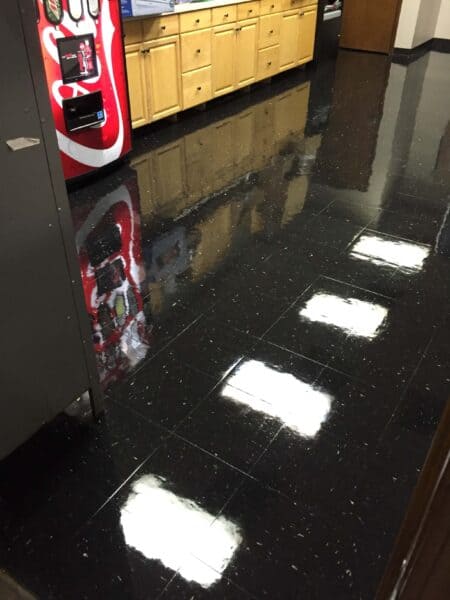
High-gloss floors reflect light, creating glare that can obscure depth perception. This makes it difficult to distinguish between changes in floor level, increasing the chance of trips and falls. For our aging population, the shine can be particularly deceiving, resembling a wet floor and causing unnecessary alarm.
The Rise of Low-Sheen Flooring: Benefits Beyond Safety
Manufacturers are now prioritizing safety by introducing flooring with a lower sheen. These low-gloss options offer several advantages that benefit everyone:
- Reduced Glare: Lower sheen diffuses light, eliminating the blinding reflections that distort depth perception. This allows for safer navigation in all environments, from homes to busy workplaces.
- Improved Visibility: Low-sheen surfaces showcase a truer representation of the floor’s texture. This makes it easier to identify potential hazards like spills or uneven surfaces, crucial in preventing accidents.
- Enhanced Traction: Certain low-sheen finishes offer a slightly textured surface, providing better grip underfoot. This can be particularly beneficial in moisture-prone areas like bathrooms, kitchens, and high-traffic commercial spaces.
The benefits extend beyond safety, impacting the overall aesthetics of a space:
- Warmer Ambiance: Low-sheen floors tend to reflect less light, creating a more subtle and inviting atmosphere compared to their high-gloss counterparts. This can be desirable in both homes and offices, fostering a sense of comfort and relaxation.
- Hiding Imperfections: Lower sheen finishes are adept at disguising minor scratches and imperfections that might be more noticeable on high-gloss surfaces. This is especially helpful in high-traffic areas, both at home and in commercial spaces, where maintaining a pristine appearance can be challenging.
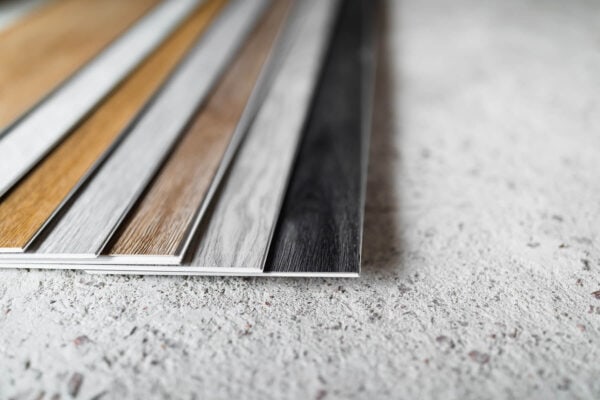
Choosing the Right Low-Sheen Option
Not all low-sheen options are created equal. When selecting flooring, consider these factors:
- Material: Luxury vinyl tile (LVT) and other resilient floorings are popular choices due to their design flexibility, ease of maintenance, and availability in low-sheen finishes. Consider options suitable for commercial wear and tear if needed.
- Texture: A slight texture can enhance traction without sacrificing aesthetics. Look for finishes with a subtle variation, especially in areas prone to moisture or spills.
- Maintenance: While low-sheen finishes tend to show less soiling visually (the dirt is still there!), always follow the manufacturer’s recommended cleaning procedures to ensure proper maintenance.
- Restoration: There will come a time when the flooring surface has become scratched or abraded and you want that “new floor” look again. Acrylic finishes along with urethane coating technology have come a long way and you can achieve what your looking for if you work with the right floor care professional, who understands the flooring material, the environment it is installed in and the expectation of the customer.
A Win-Win for Safety and Style
By prioritizing both safety and aesthetics, flooring manufacturers are creating a win-win situation. Lower sheen levels translate to safer environments for everyone, from seniors in their homes to employees in busy workspaces. The next time you’re selecting flooring, keep sheen level in mind – it might just be the step towards a safer, more comfortable, and aesthetically pleasing space.
